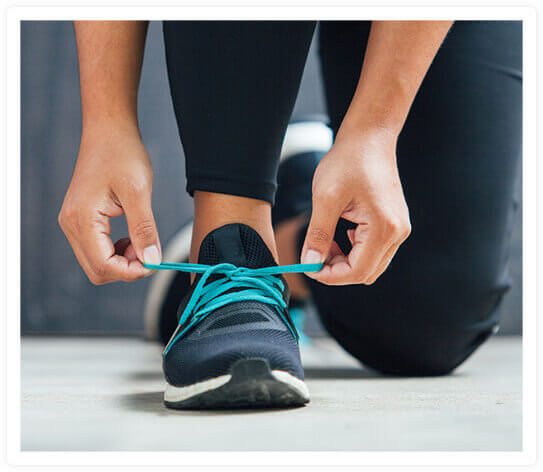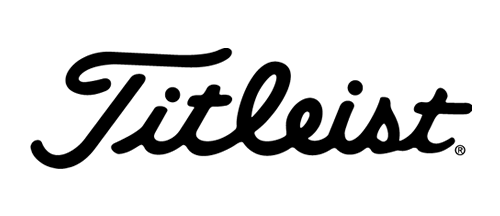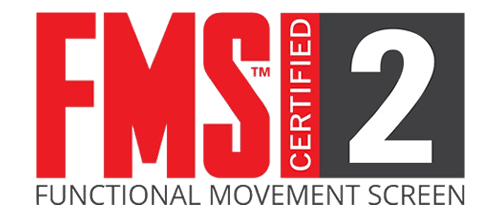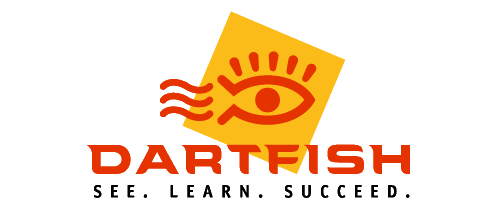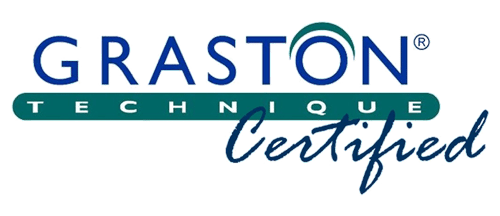Skier's Thumb
Click on the white PLAY button to start video.
Skier’s Thumb is an injury that occurs when the ulnar collateral ligament of the metacarpal phalangeal joint of the thumb is injured. The ligament can be injured when the thumb is bent back away from the fingers (hyperextended). A sports injury, such as during a fall from skiing, can cause Skier’s thumb. It is treated with immobilization or surgery. Cases that receive prompt treatment tend to have the best outcomes.
This injury was formerly known as Gamekeeper's Thumb due to stretching and tearing of the ligament from breaking the neck of small animals during hunting.
Read more about Skier's Thumb
Introduction
Skier’s Thumb is an injury that occurs when the ulnar collateral ligament of the metacarpal phalangeal joint of the thumb is injured. The ligament can be injured when the thumb is bent back away from the fingers (hyperextended). A sports injury, such as during a fall from skiing, can cause Skier’s thumb. It is treated with immobilization or surgery. Cases that receive prompt treatment tend to have the best outcomes.
This injury was formerly known as Gamekeeper's Thumb due to stretching and tearing of the ligament from breaking the neck of small animals during hunting.

Anatomy
The head of the first metacarpal bone and the base of the proximal phalanx in your thumb meet to form the metacarpophalangeal (MCP) joint. Strong ligaments on each side of the MCP joint stabilize it from side to side. The ulnar collateral ligament attaches to the web space side of the MCP joint. The ulnar collateral ligament is used whenever you hold an object.Causes
Symptoms
Diagnosis
Surgery
Delayed treatment for a complete ligament tear usually requires reconstruction of the ligament with some type of graft, as the condition of the ligament is too poor to allow direct repair.
Treatment
Recovery
Prevention

Copyright © - iHealthSpot Interactive - www.iHealthSpot.com
This information is intended for educational and informational purposes only. It should not be used in place of an individual consultation or examination or replace the advice of your health care professional and should not be relied upon to determine diagnosis or course of treatment.
The iHealthSpot patient education library was written collaboratively by the iHealthSpot editorial team which includes Senior Medical Authors Dr. Mary Car-Blanchard, OTD/OTR/L and Valerie K. Clark, and the following editorial advisors: Steve Meadows, MD, Ernie F. Soto, DDS, Ronald J. Glatzer, MD, Jonathan Rosenberg, MD, Christopher M. Nolte, MD, David Applebaum, MD, Jonathan M. Tarrash, MD, and Paula Soto, RN/BSN. This content complies with the HONcode standard for trustworthy health information. The library commenced development on September 1, 2005 with the latest update/addition on February 16, 2022. For information on iHealthSpot’s other services including medical website design, visit www.iHealthSpot.com.

